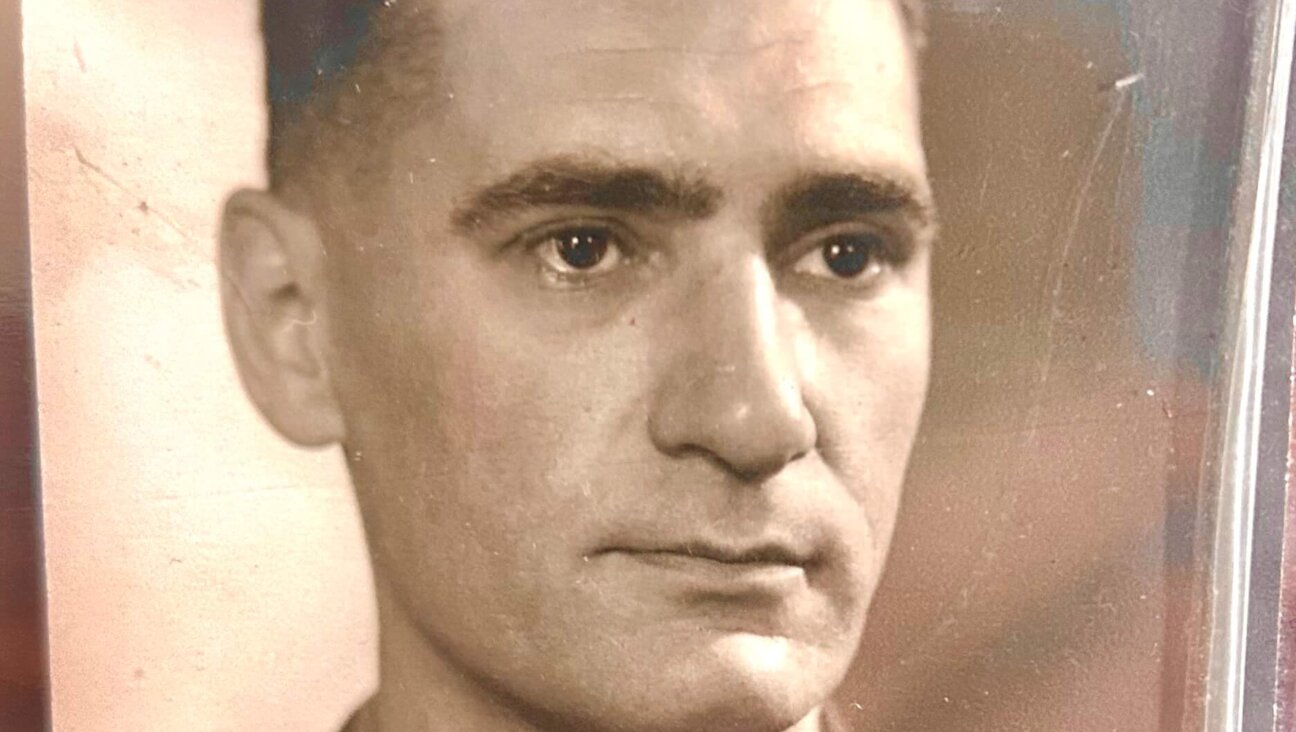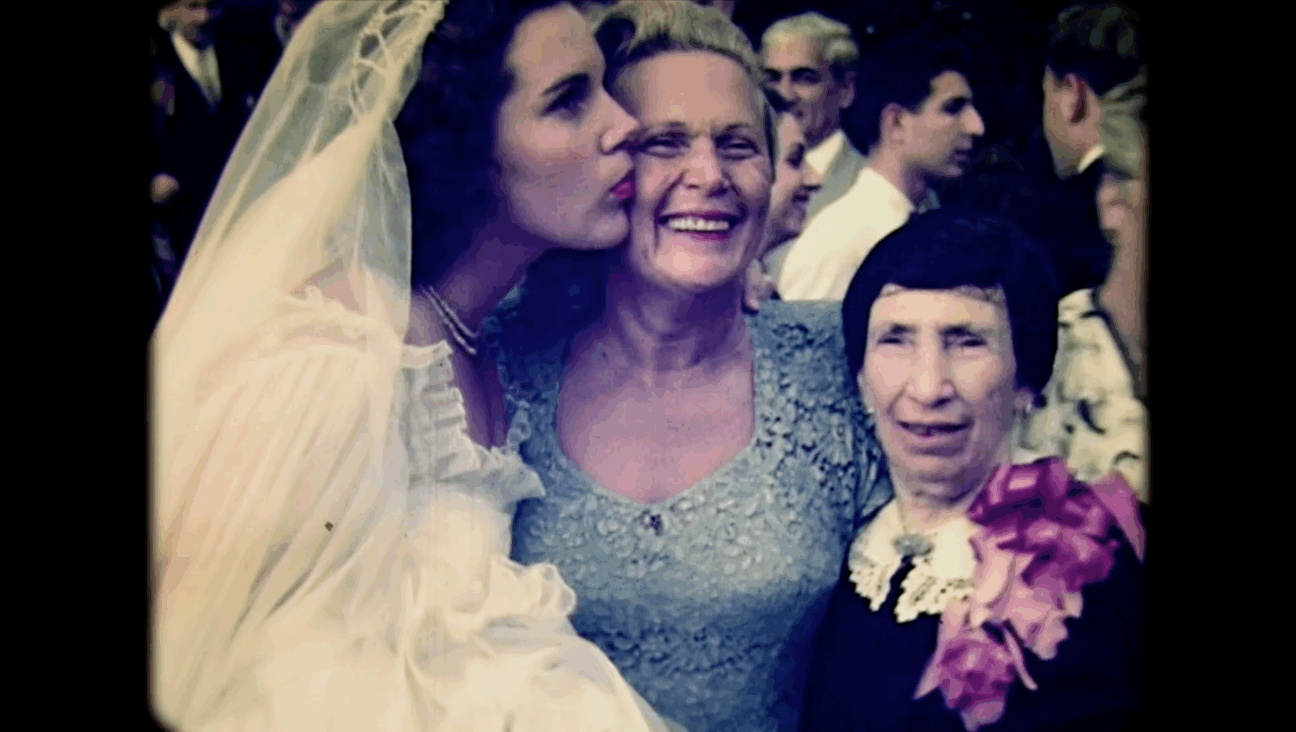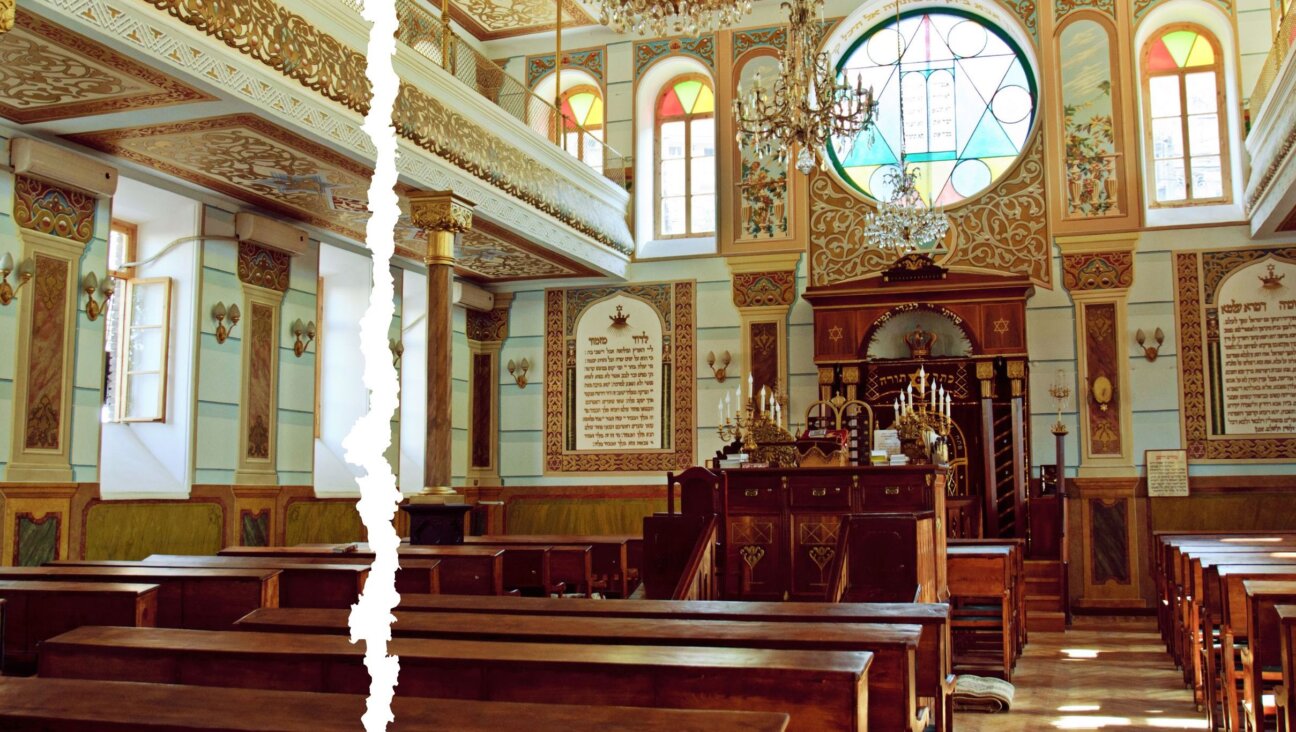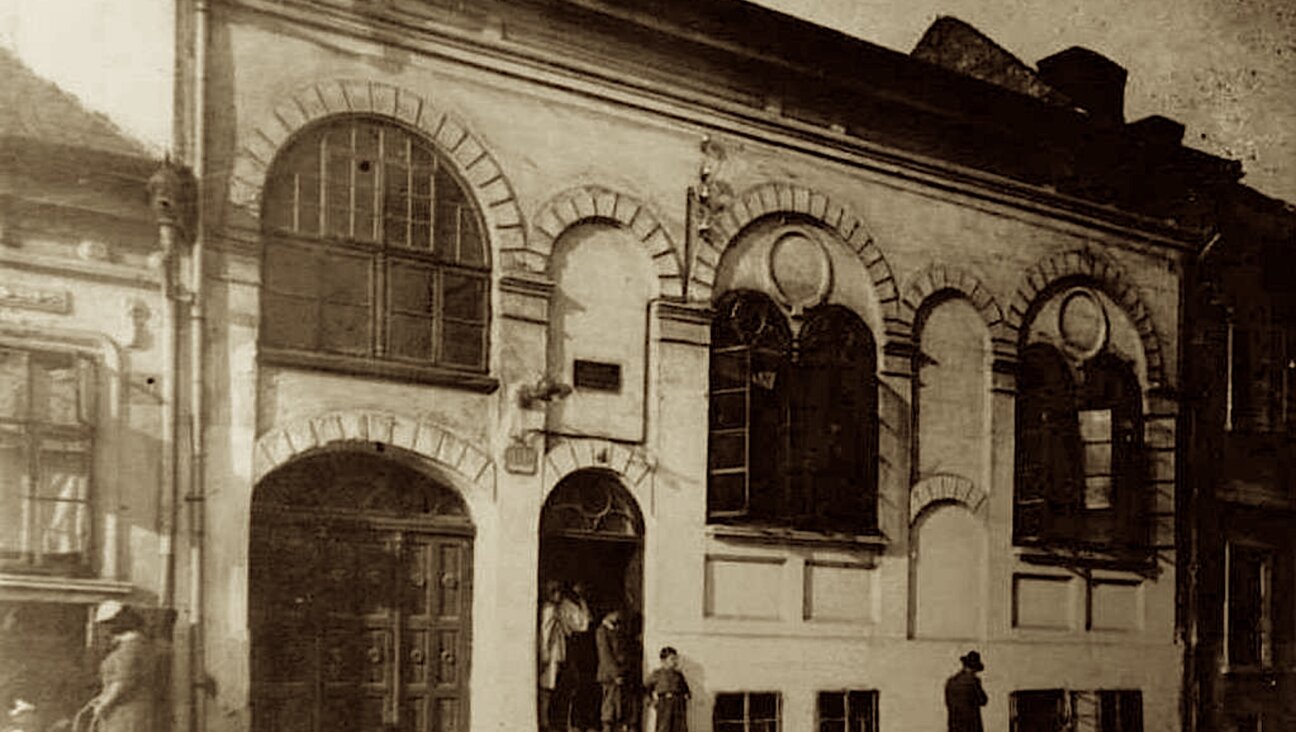Why Jazz Fans Are Mourning the Closing of a Chicago Hardware Store

Image by Keystone / Getty Images
Earlier today, the website dnainfo reported some sad news out of Chicago – the closing of Meyer’s Ace Hardware. Why should we care about the closure of a hardware store in Chicago’s sprawling south side area (aside from the obvious sadness of yet another small business shutting down)? Well, Meyer’s Ace Hardware is one of the most important sites in jazz history. Before it became a hardware store, the building on E. 35th Street was the site of the Sunset Cafe, later known as the Grand Terrace Cafe.
The Sunset Cafe, which opened in the 1920s, was owned by Louis Armstrong’s manager Joe Glaser, and was one of the city’s few “black and tan clubs” – the name given to integrated clubs that allowed both black and white patrons. The club featured performances by many of jazz’s greatest musicians, including Louis Armstrong, Ella Fitzgerald, Benny Goodman, Cab Calloway and others.
According to an article in the Chicago Tribune, “In the late 1920s and throughout the `30s, Chicago was the broadcasting center of the nation and radio was the medium that popularized Chicago jazz.” During that time, the Grand Terrace Cafe, then co-owned by Al Capone, would run national broadcasts of club dates featuring the pianist Earl “Fatha” Hines and his orchestra. Not only did these broadcasts spread the jazz sound throughout the country, they also helped to establish Hines as one of the most influential pianists of the early jazz era. His orchestra served as an early training ground for such jazz legends as Billy Eckstine (no, he wasn’t Jewish), Charlie Parker and Dizzy Gillespie.
In 1960, the father of current owner Dave Meyers purchased the space from Glaser and opened up Meyer’s Ace Hardware. Though the space no longer hosted the likes of Earl Fatha Hines, the Meyers family preserved the murals that had decorated the Grand Terrace Cafe. With the closure, Meyers is unsure what will happen to the murals. Sam Cholke at DNAinfo writes: “The building was landmarked by the city in 1998, but it’s unclear what protections that will provide for the murals inside. Landmark designation typically only provides protections for the exterior of buildings.” Still, it’s perhaps a bright sign that Meyers said that the new owner “plans to continue using the space for retail and was interested in the jazz history of the building.”
















